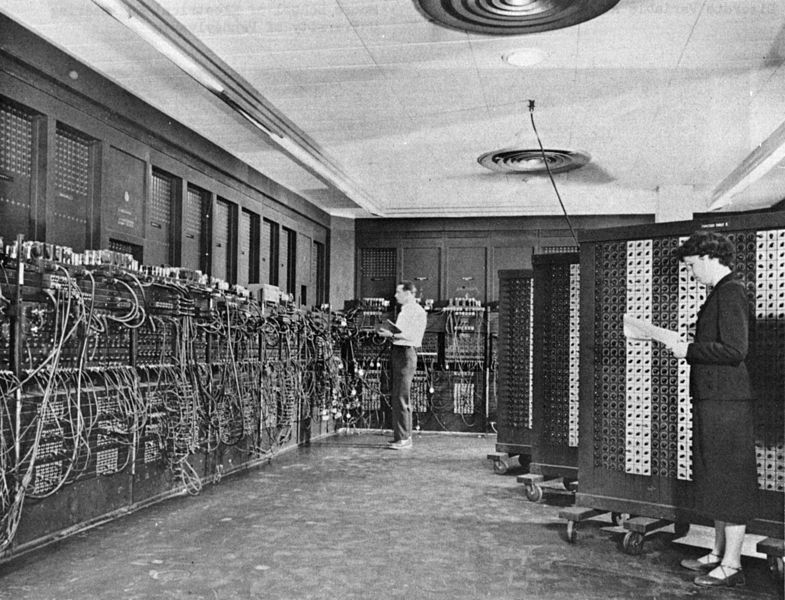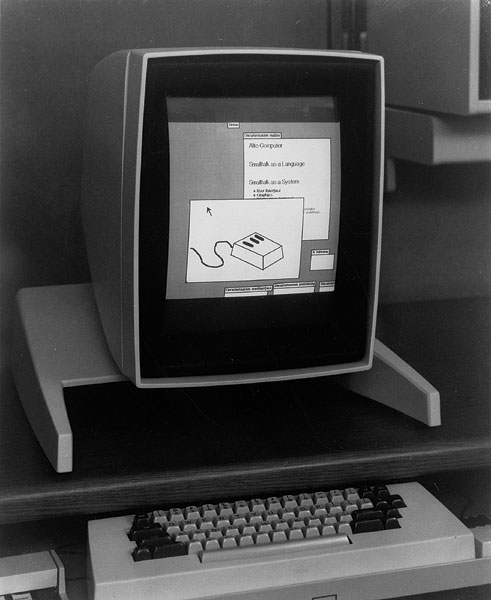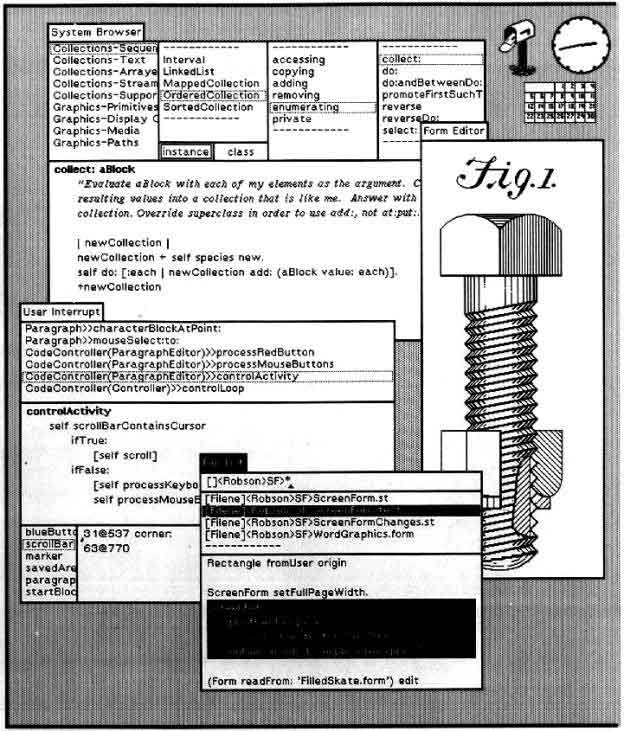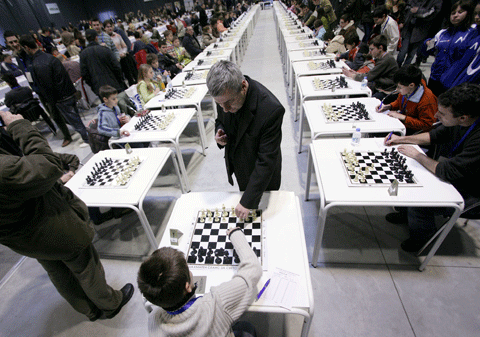ENIAC - first electronic general-purpose computer (1946)
Notes

The task of taking a problem and mapping it onto the machine was complex, and usually took weeks. After the program was figured out on paper, the process of getting the program "into" ENIAC by manipulating its switches and cables took additional days. This was followed by a period of verification and debugging...



"The Mother of All Demos" is a name given retrospectively to Douglas Engelbart's December 9, 1968, computer demonstration at the Fall Joint Computer Conference in San Francisco. The live demonstration featured the introduction of a complete computer hardware and software system called the oN-Line System or more commonly, NLS. The 90-minute presentation essentially demonstrated almost all the fundamental elements of modern personal computing: windows, hypertext, graphics, efficient navigation and command input, video conferencing, the computer mouse, word processing, dynamic file linking, revision control, and a collaborative real-time editor (collaborative work).
From Wikipedia